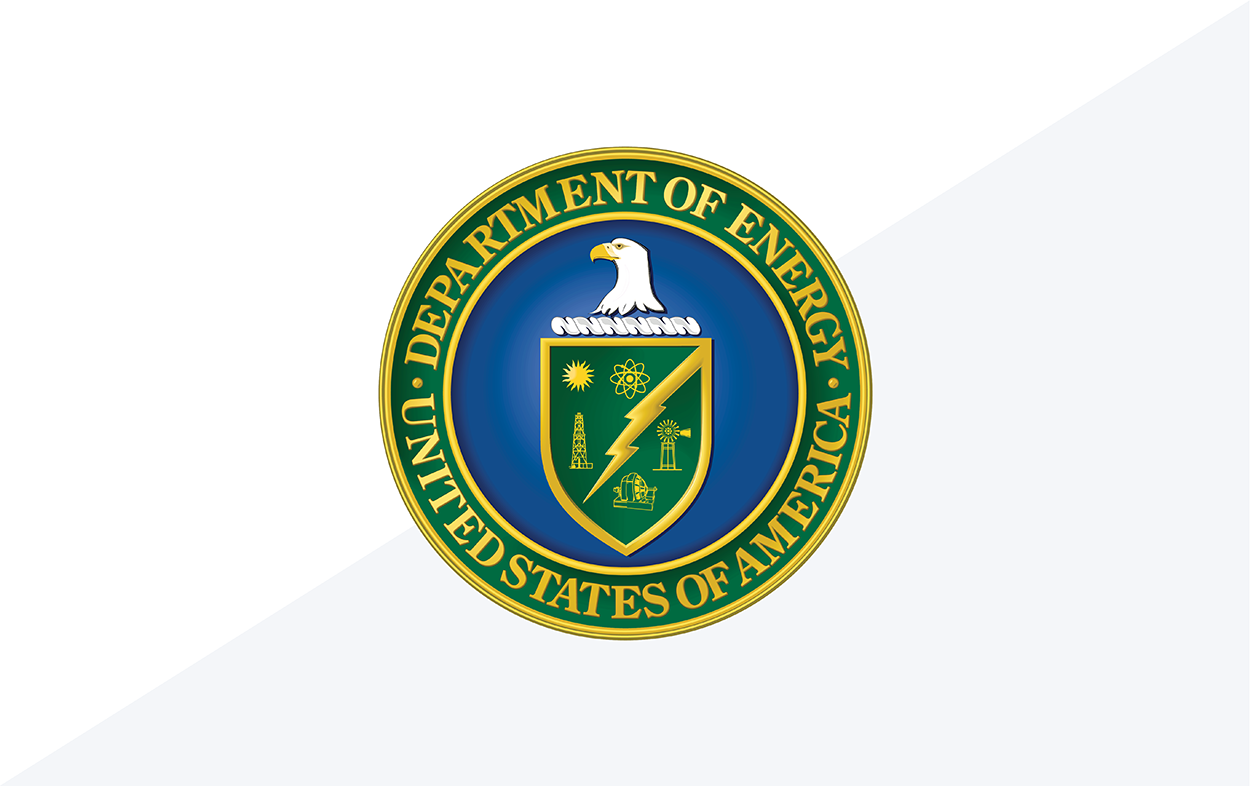
WASHINGTON– The Department of Energy (DOE) today announced a new policy action aimed at halting inefficient spending by colleges and universities while continuing to expand American innovation and scientific research. In a new policy memorandum shared with grant recipients at colleges and universities, DOE announced that it will limit financial support of “indirect costs” of DOE research funding to 15%. This action is projected to generate over $405 million in annual cost savings for the American people, delivering on President Trump’s commitment to bring greater transparency and efficiency to federal government spending.
“The purpose of Department of Energy funding to colleges and universities is to support scientific research – not foot the bill for administrative costs and facility upgrades,” U.S. Secretary of Energy Chris Wright said. “With President Trump’s leadership, we are ensuring every dollar of taxpayer funding is being used efficiently to support research and innovation – saving millions for the American people.”
Through its grant programs, the Department provides over $2.5 billion annually to more than 300 colleges and universities to support Department-sanctioned research. A portion of the funding goes to “indirect costs”, which include both facilities and administration costs.
According to DOE data, the average rate of indirect costs incurred by grant recipients at colleges and universities is more than 30%, a significantly higher rate than other for profit, non-profit and state and local government grant awardees. Limiting these costs to a standard rate of 15% will help improve efficiency, reduce costs and ensure proper stewardship of American taxpayer dollars.
Full memorandum is available here:
POLICY FLASH
DATE: April 11, 2025
SUBJECT: Adjusting Department of Energy Grant Policy for Institutions of Higher Education (IHE)
BACKGROUND: Pursuant to 5 U.S.C. 553(a)(2), the Department of Energy (“Department”) is updating its policy with respect to Department grants awarded to institutions of higher education (IHEs).
Through its grant programs, the Department funds Department-sanctioned research. A portion of the funding goes to “indirect costs”, which include both facilities and administration costs. See 2 C.F.R. 200.414(a). “Facilities costs” comprise “depreciation on buildings, equipment and capital improvements, and operations and maintenance expenses,” while “administration costs” are “general administration and [other] general expenses,” like funding for “the director’s office, accounting, [and] personnel.” Id.
While the Department is cognizant that many grant recipients use indirect cost payments to effectuate research funded by the Department’s grant awards, these payments are not for the Department’s direct research funding. See 89 Fed. Reg. 30046-30093. As these funds are entrusted to the Department by the American people, the Department must ensure it is putting them to appropriate use on grant programs. To improve efficiency and curtail costs where appropriate, the Department seeks to better balance the financial needs of grant recipients with the Department’s obligation to responsibly manage federal funds.
This memorandum accordingly sets forth the Department’s updated policies, procedures, and general decision-making criteria for establishing indirect cost rates when awarding grants to IHEs; these policies, procedures, and criteria are intended to better balance the Department’s dual responsibilities to grant recipients and the American people.
The Department is initially taking this action only with respect to IHEs. See 2 C.F.R. 200.414(c)(1); id. 200.1.
ESTABLISHING APPROPRIATE INDIRECT COST RATES:
At present, the Department’s indirect cost rate for IHE grants is typically negotiated by either “the Department of Health and Human Services (HHS) or the Department of Defense’s Office of Naval Research (DOD), normally depending on which of the two agencies (HHS or DOD) provide[d] more funds to the [relevant] educational institution for the most recent three years.” 2 C.F.R. pt. 200, app. III(C)(11)(a)(1). Though the Department generally must accept this negotiated rate, see 2 C.F.R. 200.414(c)(1), it may deviate therefrom for “a class of Federal awards” after implementing and making publicly available “the policies, procedures and general decision-making criteria” it will follow when seeking and justifying deviations. Id. 200.414(c)(1), (3). A “class of Federal awards” is defined to include “a group of Federal awards . . . to a specific type of recipient or group of recipients,” such as grants to IHEs—the class relevant to this policy update. Id. 200.1.
For the reasons set forth in this memorandum, hereinafter, the Department will no longer use the negotiated indirect cost rate for grants awarded to IHEs. Instead, it is setting a standardized 15 percent indirect cost rate for all grant awards to IHEs. This is at the high end of the “up to 15 percent” de minimis rate permitted by government-wide regulation. See, e.g., 2 C.F.R. 200.414(f). Consistent with this memorandum, the Department is undertaking action to terminate all grant awards to IHEs that do not conform with this updated policy. See 2 C.F.R. 200.340(a), (b). Recipients subject to termination will receive separate notice and guidance.
All future Department grant awards to IHEs will default to this 15 percent indirect cost rate. This system will better balance the Department’s twin aims of funding meaningful research and upholding its fiduciary duties to the American people.
Additional information is forthcoming.
This flash will be available online at the Department of Energy Policy Flashes website.







